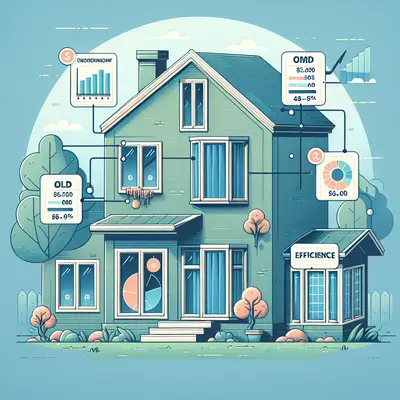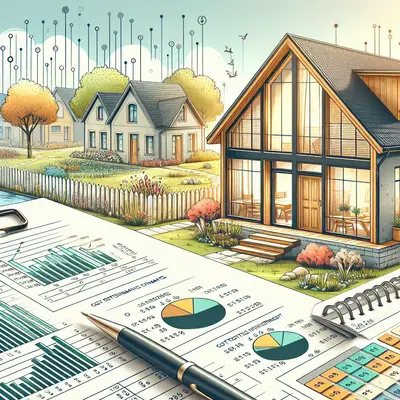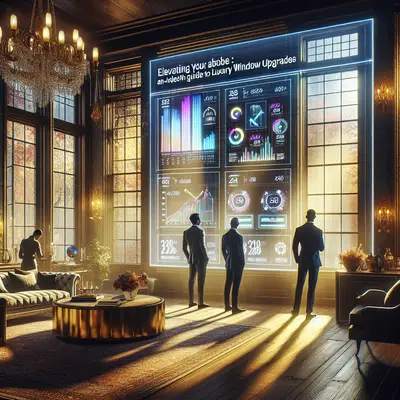The art of home improvement is a delicate ballet between aesthetics, functionality, and investment returns. Among the many potential enhancements available to homeowners, a window upgrade is often overlooked despite its potential for substantial, long-term rewards. This article aims to shed light on the sophisticated economics of window upgrades and provide discerning homeowners with exclusive insights to help navigate this often-underrated investment opportunity.
The Prism of Potential Savings
Upgrading to energy-efficient windows can result in significant savings in heating and cooling costs. The U.S. Department of Energy estimates that homeowners can save between $126 to $465 annually by replacing single-pane windows with their energy-efficient counterparts. This savings potential should be a primary consideration in any cost analysis.
The Aura of Aesthetics
Aesthetic enhancement is a crucial aspect of any home upgrade. Replacing older, worn-out windows with modern, elegant options can dramatically improve curb appeal, potentially increasing the home's market value. While this may not translate into immediate monetary gains, the increased property value can provide substantial returns when selling the property.
The Spectrum of Selection
The window upgrade market offers a vast array of choices, from traditional designs to cutting-edge smart windows. Each type carries its unique cost-benefit analysis. For instance, while smart windows may carry a higher upfront cost, they offer unparalleled convenience and energy efficiency, which can translate into long-term savings.
The Reflection of Tax Credits
Several jurisdictions offer tax incentives for homeowners who invest in energy-efficient windows. These incentives can offset a significant portion of the initial investment cost, making the upgrade more financially appealing. It's essential to research local and national incentives when considering window upgrades.
The Harmony of Health Benefits
Beyond the immediate financial implications, window upgrades can offer health benefits, such as improved indoor air quality and natural light, both of which have been linked to better physical and mental health. While these benefits may not have a direct monetary value, they contribute to the overall value proposition of window upgrades.
Conclusion
Understanding the sophisticated economics of window upgrades requires a discerning eye and a holistic view of the potential benefits. Beyond the immediate cost considerations, factors such as energy efficiency, aesthetics, choice diversity, tax incentives, and health benefits contribute to the true value of this investment. The discerning homeowner who successfully navigates these complexities is well-positioned to maximize the return on their window upgrade investment.



